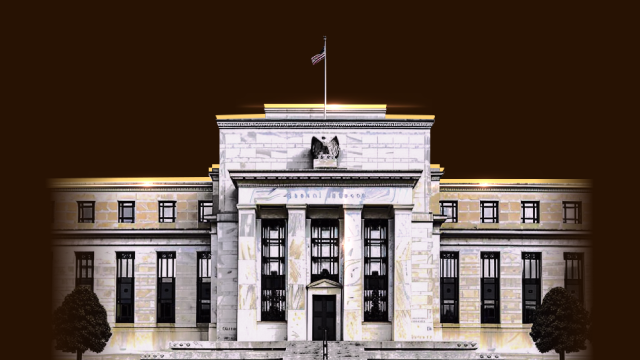EWH250516C35000
- 0.00
- 0.000.00%
iShares MSCI Hong Kong ETF Newsroom
The first interest rate cut of the year has been implemented! This releases approximately 1 trillion yuan in long-term liquidity.
① The People's Bank of China lowered the reserve requirement ratio of Financial Institutions by 0.5 percentage points starting from May 15, providing approximately 1 trillion yuan in long-term liquidity to the market; ② This adjustment aims to encourage Financial Institutions to support the real economy, especially in the fields of Autos finance and leasing.
Bank stocks are at a new high again! How does the public fund performance benchmark assessment affect the allocation of bank stocks?
Industrial Securities stated that the performance benchmarks focus on actively managed equity funds, including the CSI 300 Index. By the end of 2024, the proportion of bank Hold Positions in actively managed funds is expected to be 3.81%, while the weight of the bank Sector in the CSI 300 Index is as high as 13.67%, resulting in a deviation of nearly 10 percentage points. Among these, stocks such as CM BANK, Industrial Bank, Industrial And Commercial Bank Of China, Bank Of Communications, and Shanghai Pudong Development Bank have an even greater under-allocation ratio.
China's Consumer Prices Fall for Third Month; PPI Fall the Most in 6 Months
China's Exports Jump 8% in April Despite Tariff Tensions
Asia Markets Rise on Global Trade Optimism; U.S. Futures Jump as Trump Hints at Major Trade Deal
Asia Markets Mostly Rise on US-China Trade Talk Optimism; India Dips Amid India-Pak Tensions
The central bank: Starting from May 15, the reserve requirement ratio for Financial Institutions will be lowered by 0.5 percentage points.
The People's Bank of China has decided to lower the reserve requirement ratio for Financial Institutions by 0.5 percentage points (excluding Financial Institutions that have already implemented a 5% reserve requirement ratio) starting from May 15, 2025, and to lower the reserve requirement ratio for Autos financing companies and financial leasing companies by 5 percentage points.
China Service Growth Hits 7-month Low as Trade Disruptions Weighs on New Business Orders
Asia Stocks Gain on China's Potential U.S. Trade Talks, U.S. Futures Edge Lower to Start the Week
Asia Markets Surge on China's U.S. Trade Talk Signals; U.S. Futures Steady After Apple, Amazon Earnings
Asia-Pacific Markets Rise in Thin Holiday Trade After BOJ Stands Pat, U.S Futures Rise Amid Robust Earnings From Two Major Tech Giants
Asia-Pacific Markets Muted as Investors Digest Series of Key Economic Data in the Region
Asian Markets Mostly Higher With Earnings on Deck
The market may reach a critical juncture in the short term, with Banks and Electrical Utilities showing repeated activity, and the Technology Sector poised to take off.
Track the entire lifecycle of the main Sector.
Asian Markets Mostly in Green, While Investors Remain Weary of Tariff Uncertainties
Industrials, Agriculture, and China Banking reach new highs again! The Banks Sector continues to be hot, and today's "new high bull" scan shows that these directions also have a high proportion.
①Today, Bank stocks became active again, among which, the three major banks, Industrial, Agricultural, and China, continue to hit historical highs, with Construction Bank approaching its historical peak. ②The financing balance of the Banks sector has slightly declined compared to mid-April, while still remaining at a relatively low level for this year. ③A total of nearly 20 stocks reached historical highs today, with the highest proportion being Autos stocks, and there are also many from basic chemicals, agriculture, forestry, animal husbandry, and fishing, and the Banks stocks.
Short-Term Asian Bonds Preferable Under US Rate Uncertainty, Nomura Says
Asia Markets Mixed Amid Lingering Trade Tensions; U.S. Futures Rose After Wall Street's Sharp Sell-off
Asian Markets Struggle Amid US Economic Concerns And Dollar Weakness
Asia-Pacific Markets Set to Open Lower After Trump's Attack on Fed Chair Sends Wall Street Tumbling



